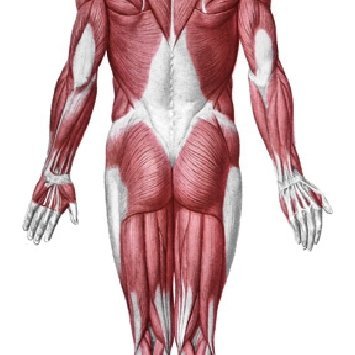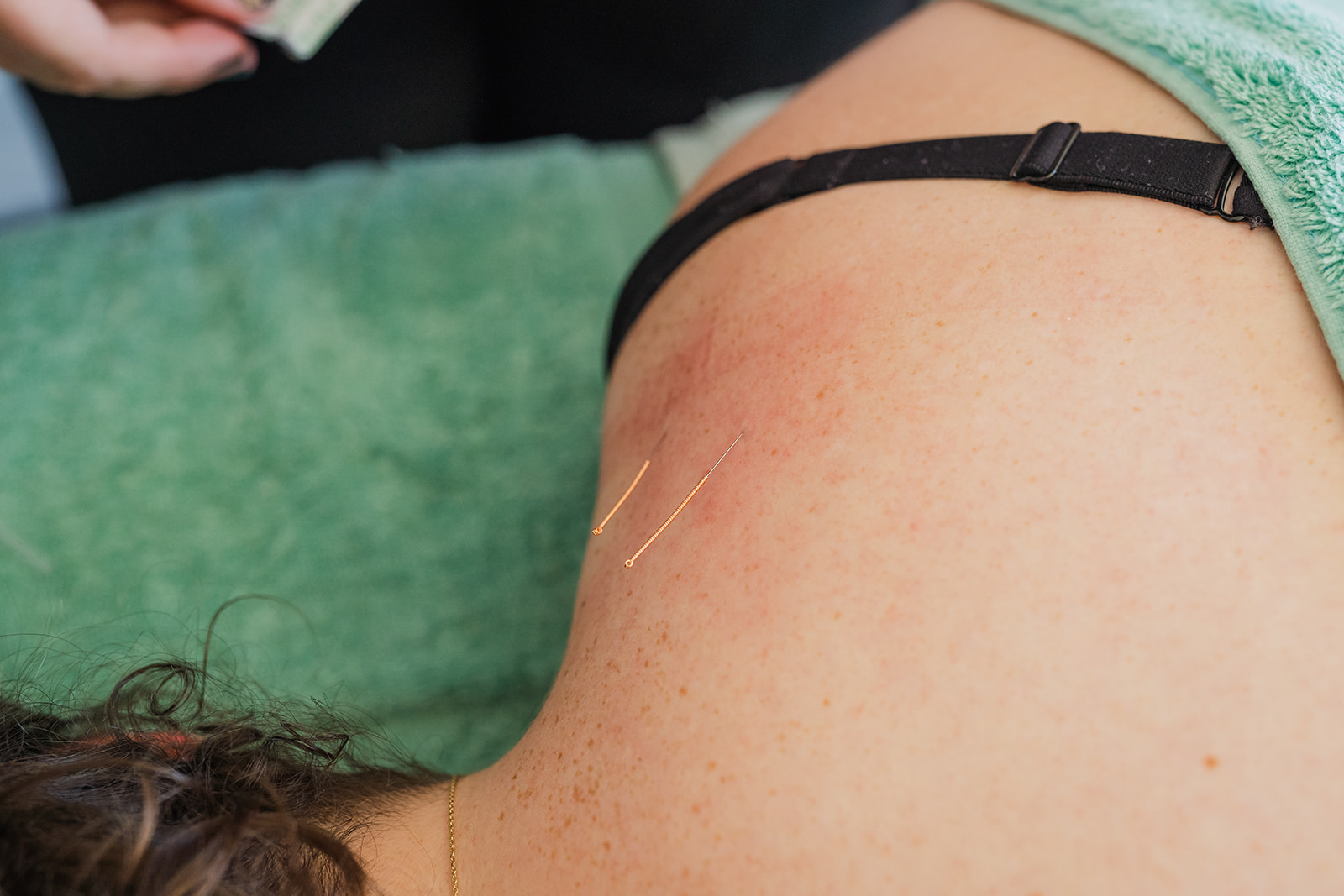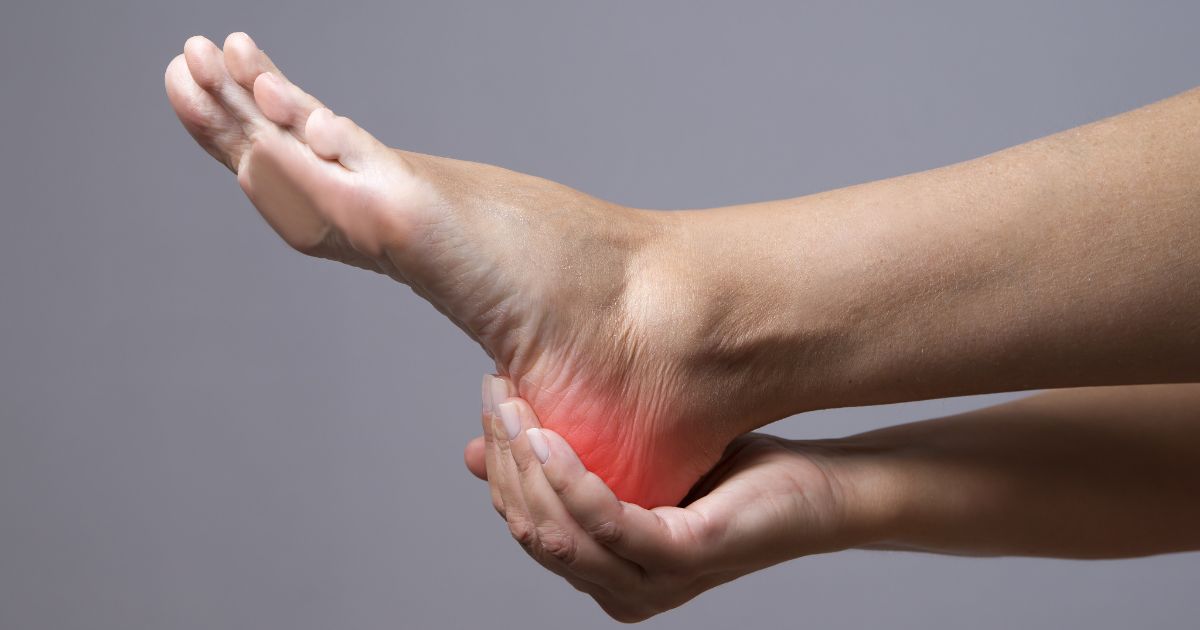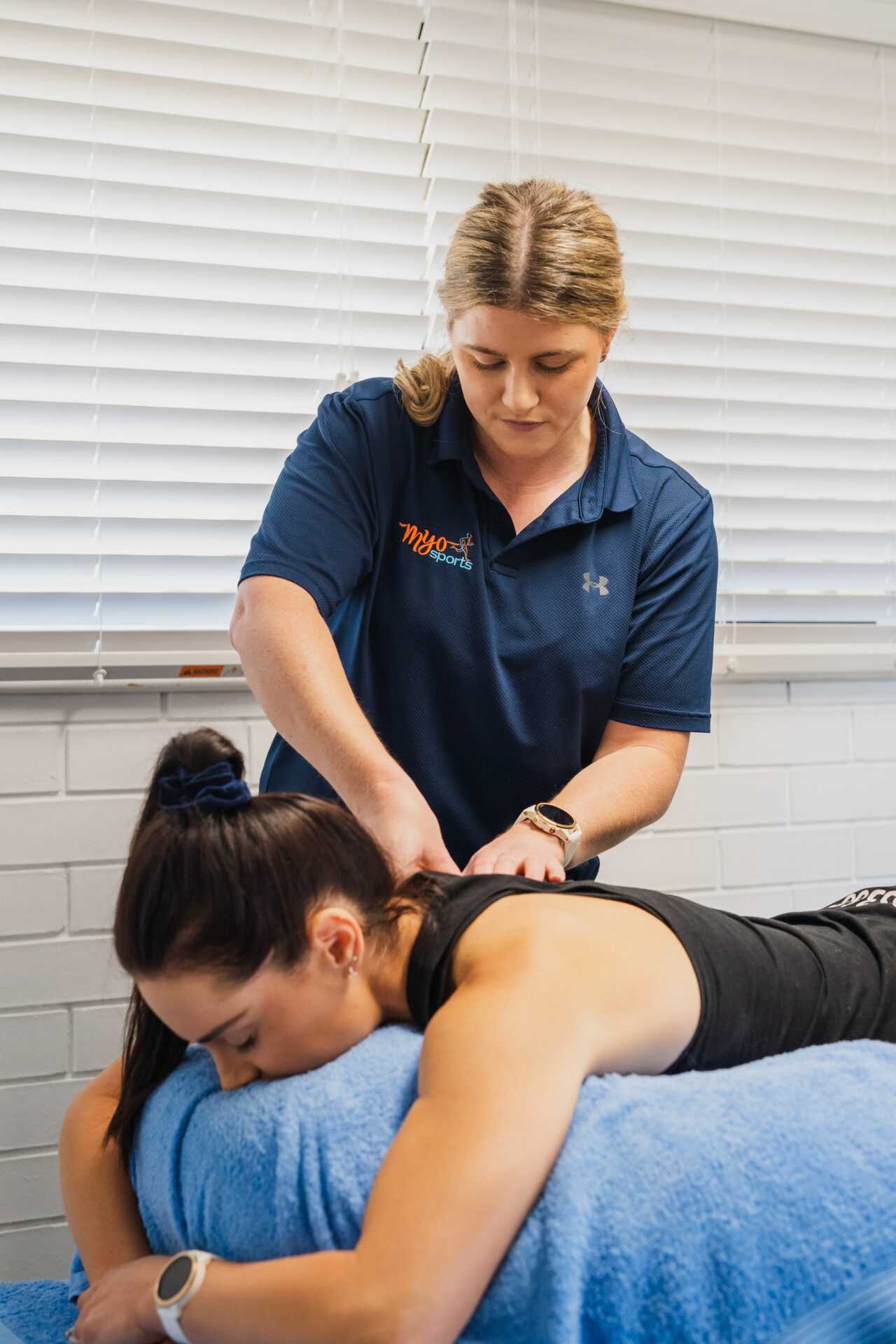One of the most popular questions we get in the clinic is What is fascia?
Fascial tissue is a type of connective tissue, that runs from head to toe. Fascia is like the giant spider web of the body, connecting muscles groups and holding everything in place. It runs between and around muscles, organs, ligaments and tendons like an internal skin. Tendons, ligaments, bursae and the tissue that is contained within muscles, called the endomysium, perimysium, and epimysium are all considered to be made up of a similar connective tissue, in the same way.
Fascia is highly innervated (contains a lot of nerve endings) and mechanoreceptors (the receptors the brain uses to work out where the body is in space). The connective tissue that makes up this structure is aligned parallel to the direction of pull and fibres are in a wavy formation, closely packed together. This allows the fascia to be stretched out, a bit like elastic, when force or pressure is applied and then recoil once these are removed or stopped.
Fascia is like any other tissue and it can be damaged or become dysfunctional. Habitual or poor posture, trauma and inflammation are a few examples of how the tissue can end up this way.
So how can you manage your fascial tissue?
Treatment that we often call fascial release or myofascial release is one way to help restore the fascia’s normal length. This is done by focusing in on the “fascial sheets” that can be involved in particular movement or functional restrictions, which have been assessed and diagnosed. In a treatment cupping, dry needling, particular massage techniques and specific exercise prescription are some of the ways fascia can be released, to restore normal function. Some things that can be done at home to help manage the facial tissue are stretching, foam rolling and the use of a spiky ball as well as any home exercises you may have been prescribed from your therapist.
References:
https://www.anatomytrains.com/fascia/
https://www.physio-pedia.com/Fascia






